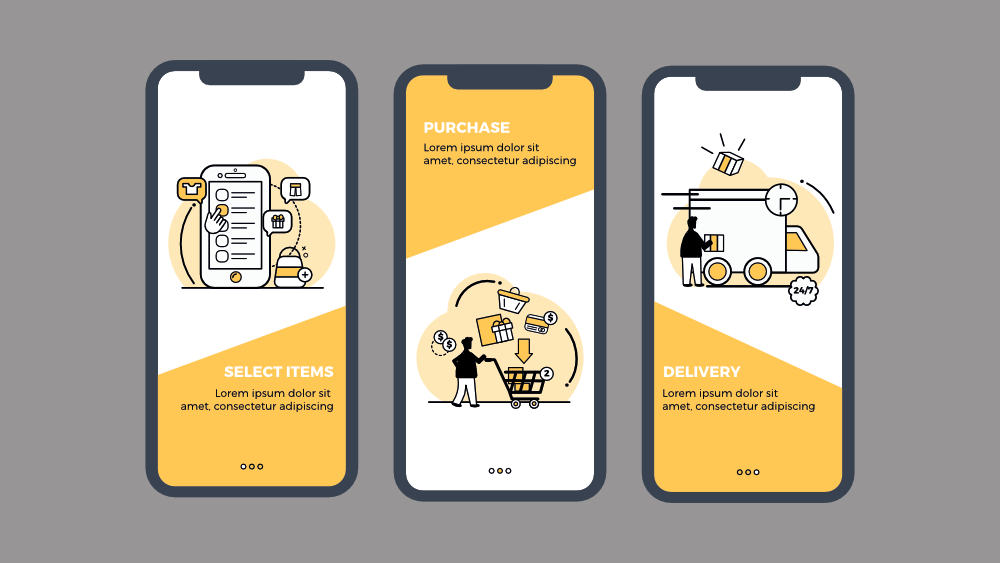Are you looking to create a mobile website for your small business, but aren’t quite sure how to get started?
Every small business should focus on creating a mobile website, because these days, more people are searching for things online from their mobile phones than from their desktop devices.
But, before you start creating your mobile site, there are some things you should know.
Read on to discover the top tips for creating mobile websites for small businesses.
1. Make User Experience a Priority
When creating a mobile website, you want to make user experience your number one priority.
Keep in mind that there are certain elements of a website that look fine on desktops but won’t look right on a mobile device. For example, your website may use a font that’s easy to read on a desktop but isn’t so easy to read on a mobile device.
You can avoid making this mistake by ensuring that you use pixels in the correct font size.
2. Optimize Your Mobile Website for Speed
You also want to make sure your mobile website is optimized for speed. Website users are impatient, so if your site takes more than a few seconds to load, they’re going to leave it.
Here are some things you can do to speed up your website:
- Install a CDN: This helps deliver website content according to location
- Install a caching plugin: If you’re on WordPress, you can use a plugin like WP Super Cache to speed up your site
- Optimize your images: Compress images for mobile screens and use lazy loading so images can load without slowing the page
- Switch to HTTPS: Installing an SSL certificate and moving your site to a secure HTTPS protocol will help speed it up
You’ll also want to make sure that your logo is optimized for your mobile site. If you have yet to create a logo, you can click here for logo ideas.
3. Think With Your Thumb
When designing a mobile website, you want to make sure that you can easily navigate it by just using your thumb or index finger. Users should be able to navigate the site with just one hand on the phone.
You’ll want to ensure that the navigation menu and buttons are big enough for larger fingers. A general rule of thumb (no pun intended) is to give tap elements and buttons at least 45 pixels of space.
4. Keep Your Content Short and Sweet
While you can maybe get away with lengthy content on your desktop website, you’ll want to keep your mobile content short and sweet.
Remember, the screen on a smartphone is much smaller, and if there’s too much text, then your site will appear cluttered. Mobile users prefer to scroll quickly, so only include essential copy on your mobile site.
Creating Mobile Websites: Are You Ready to Create?
Now that you have these tips for creating mobile websites, it’s time to get started. Pretty soon, your business’s mobile website will be up and running.
Be sure to check back in with our blog for more tips and tricks on creating great websites.

